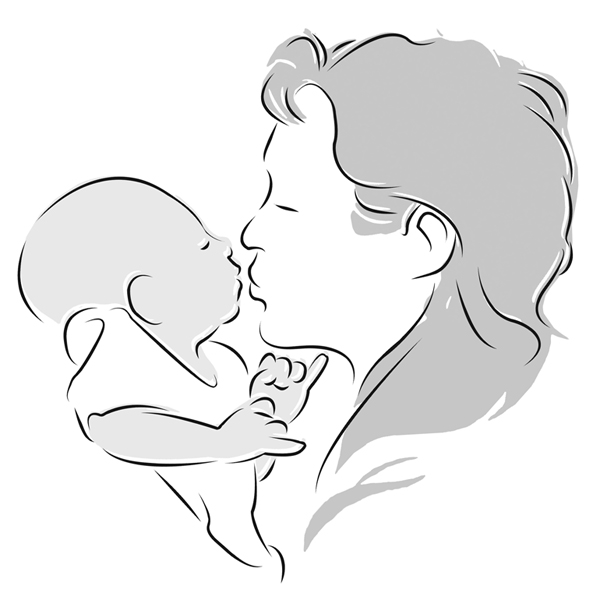When I was a little girl, I announced to my parents that I would have brown babies and live on a remote island when I grew up. This happened sometime after I saw an episode of Lifestyles of the Rich and Famous set in Bora Bora. Although I gave up my dream of living on a beach in the South Pacific, I clung to the idea that my kids would be of a different race than my own.
After three years of marriage, my husband and I were ready to pursue that dream of a multicultural family through adoption. We were told by the agency we’d chosen that, since we didn’t specify a gender and were open to either a biracial or an African-American baby, we’d probably be matched with an African-American boy. During the wait, we occupied ourselves by researching transracial adoption. We read every book we could find on the subject of parenting an African-American child as Caucasian parents, and discussed at length all of the problems we might find ourselves facing. We consulted friends with multicultural families about how to prepare for the challenges ahead. In short, we did everything we could to ensure we’d be wonderful parents to our beautiful black boy.
Five months into our wait, we were chosen to be the parents of a pale-skinned, biracial baby girl. We were caught off-guard by the dramatic difference between our expectations and reality, but we were excited to become parents. Plus, we figured raising a biracial girl would be no different than raising an African-American boy.
Sixteen months later, we have come to realize how wrong we were. All of our pre-adoption education, preparing us to be a conspicuous family, only confuses us more — because we can’t tell if we’re conspicuous or not. We expected people to look at our family and know immediately that we weren’t biologically related. But instead of questions about why we don’t “match,” we more often get comments about how much our daughter looks like us.
Adoption agencies educate potential adoptive parents of biracial children in the same way as those of African-American children, but from our experience, we’ve identified enough differences to know that this approach simply won’t suffice. We wonder how to raise our daughter to be at ease in her two communities. We want her to have a healthy racial identity, so we must provide her with knowledge of her heritage. But we often aren’t sure where to draw the line between too much and too little focus on racial identity.
The way society views our family — and how it treats us — determines how we’ll teach our children to survive in a racist world. But instead of using the tactics we learned to confront blatant discrimination, we spend more of our time and energy trying to figure out how people in our community see us. We may be viewed as a biologically related family, an adoptive family, or a blended family. Maybe one of us is seen as an adulterer. It’s hard to know how to react without knowing what exactly we’re reacting to. The amount of scrutiny that follows our everyday encounters is sometimes astounding.
While the issues we face day-to-day aren’t what we expected, we welcome them. We look forward to how they will expand our view of the world and enrich the experiences of our long-hoped-for multicultural family. In the beginning we thought we had all the answers. We knew how to respond to rude questions, how to explain the makeup of our family. But we do not, and will not ever, have all of the answers to the questions that will arise in the raising of our children. We realize now that we can admit we were wrong, that we can welcome changes, and that we will spend our lives continuously learning. These are some of the most powerful things our adoption experience has taught us.



